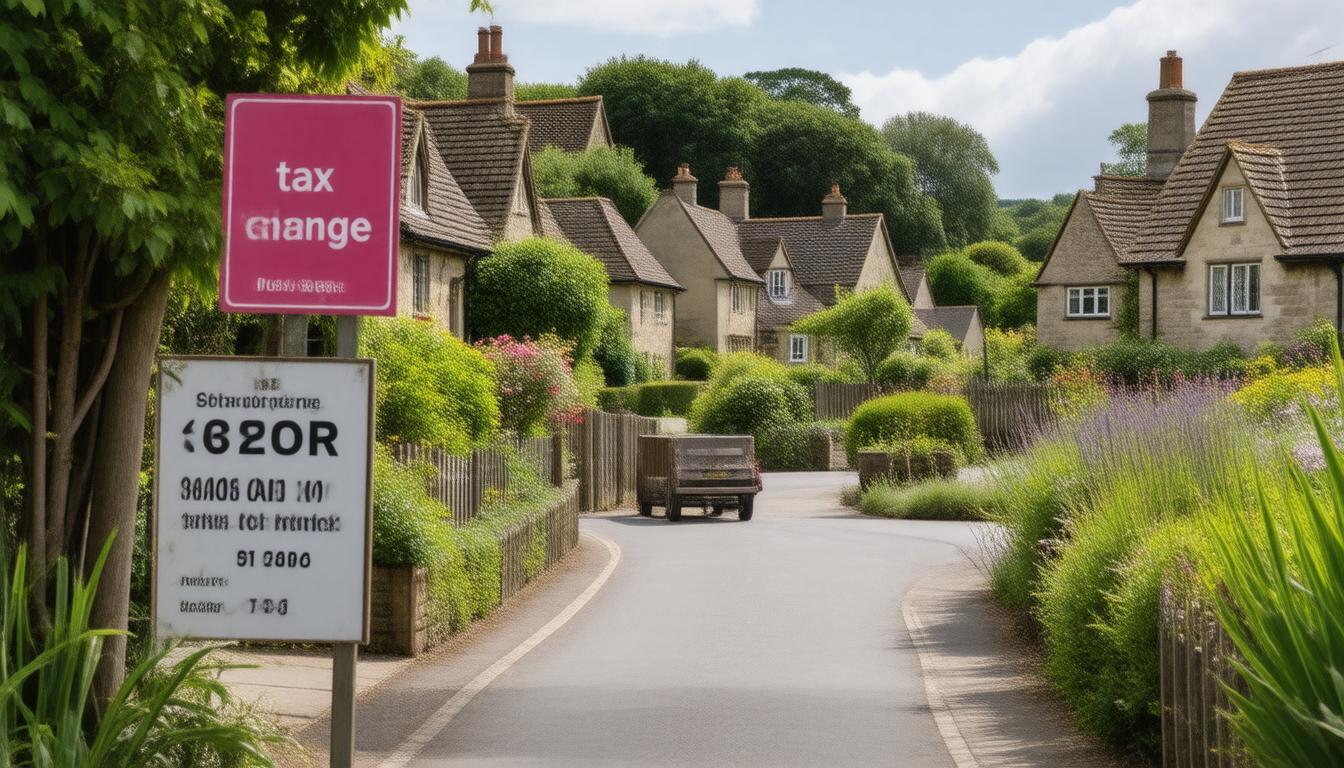Starting from April 2025, homeowners in England with second homes should prepare for a substantial increase in council tax, which could potentially double. This move is part of a broader initiative to address housing affordability issues exacerbated by a shortage of available homes for local residents. Cities renowned for their scenic beauty and desirability, like Cornwall and North Devon, stand to be significantly impacted by this legislation. Local councils will have the authority to impose a 100% council tax premium on properties that are not the owner’s primary residence, a measure expected to generate around £100 million annually. This article explores how these changes will affect property values and the implications for local communities.
Key Takeaways
- Starting April 2025, second home council tax in England will double, significantly raising annual bills.
- Over 150 local authorities are expected to implement this change, affecting tourist-heavy regions like Cornwall and South Hams.
- The tax increase could potentially lower property values in coastal and rural areas already facing economic challenges.
Understanding the New Council Tax Premium
Starting April 2025, significant changes are on the horizon for second homeowners in many parts of England as new legislation comes into play. The proposed council tax for second homes is expected to double, which could see average annual tax bills surge from approximately £2,171 to around £4,342. This shift follows similar measures previously adopted in both Scotland and Wales, which aimed at addressing housing shortages and improving affordability for local residents (Local Government Chronicle, 2024). Recent legislation now empowers local councils to impose a council tax premium of up to 100% on properties that are not the owner’s primary residence. This move intends to encourage more housing availability for residents in areas with harsh affordability issues stemming from limited housing supply.
Over 150 local authorities, particularly those in popular tourist regions such as Cornwall, South Hams, and Cumberland, are anticipated to implement this premium, potentially generating over £100 million annually for local councils (Local Government Chronicle, 2024). In Scotland, the legislation has permitted similar increases leading to a doubling of standard council tax rates for second homes, whilst in Wales, this premium can escalate to as high as 300%. Furthermore, there are growing concerns that such tax increments, coupled with soaring mortgage rates and cost-of-living pressures, could adversely affect property values in coastal and rural locales. Observations have already indicated a downturn in property prices in areas like North Devon and Cornwall, prompting several councils, including Bath and North East Somerset and East Devon District, to approve higher council tax rates for second homes (BBC News, 2024).
These developments could lead to a re-evaluation of investment in second homes, marking a significant turn in how local councils manage housing availability and affordability for their residents.
Potential Impacts on Property Values and Local Communities
As the impact of these tax changes unfolds, communities are likely to experience significant shifts not only in housing market dynamics but also in local economies. The double taxation on second homes has the potential to deter prospective buyers and investors from entering the housing market in affected areas, leading to a slowdown in property transactions. This decline could disproportionately affect regions reliant on tourism and second-home investments, creating a ripple effect that may result in diminished local spending and reduced support for businesses that thrive on the influx of seasonal visitors (The Guardian, 2024). Furthermore, as property values decrease, local councils could face challenges in funding essential services, as revenues from property taxes are crucial for maintaining infrastructure and community support systems. Residents are encouraged to engage in local council discussions to voice their opinions on how these changes should be managed to ensure a balanced approach that supports both the local economy and affordability for those who live and work in these areas.





